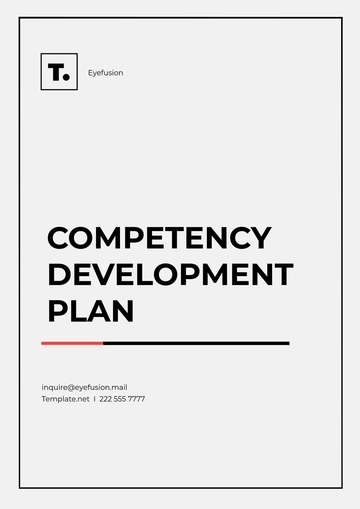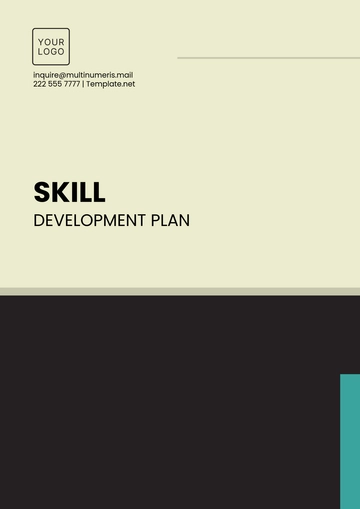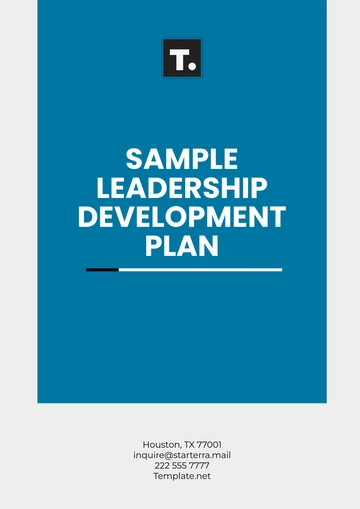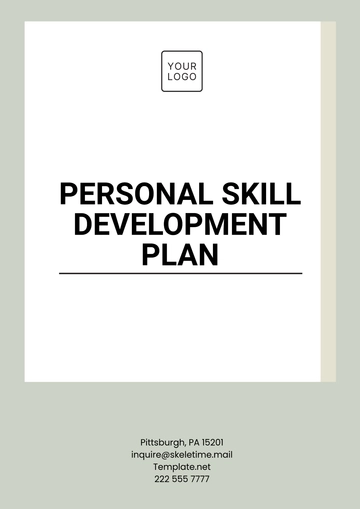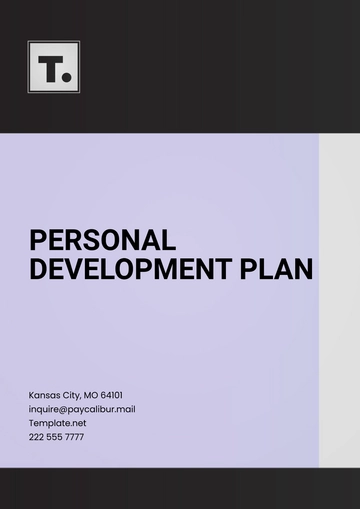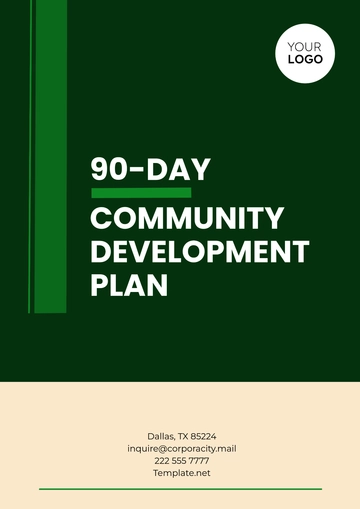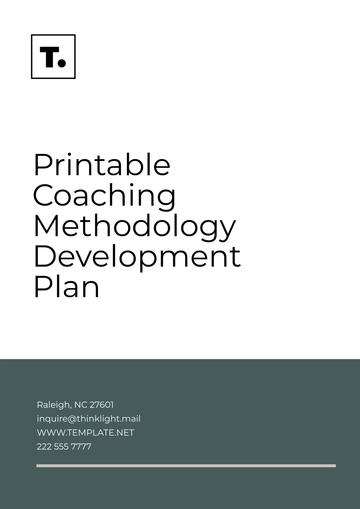Free Salon Development Plan
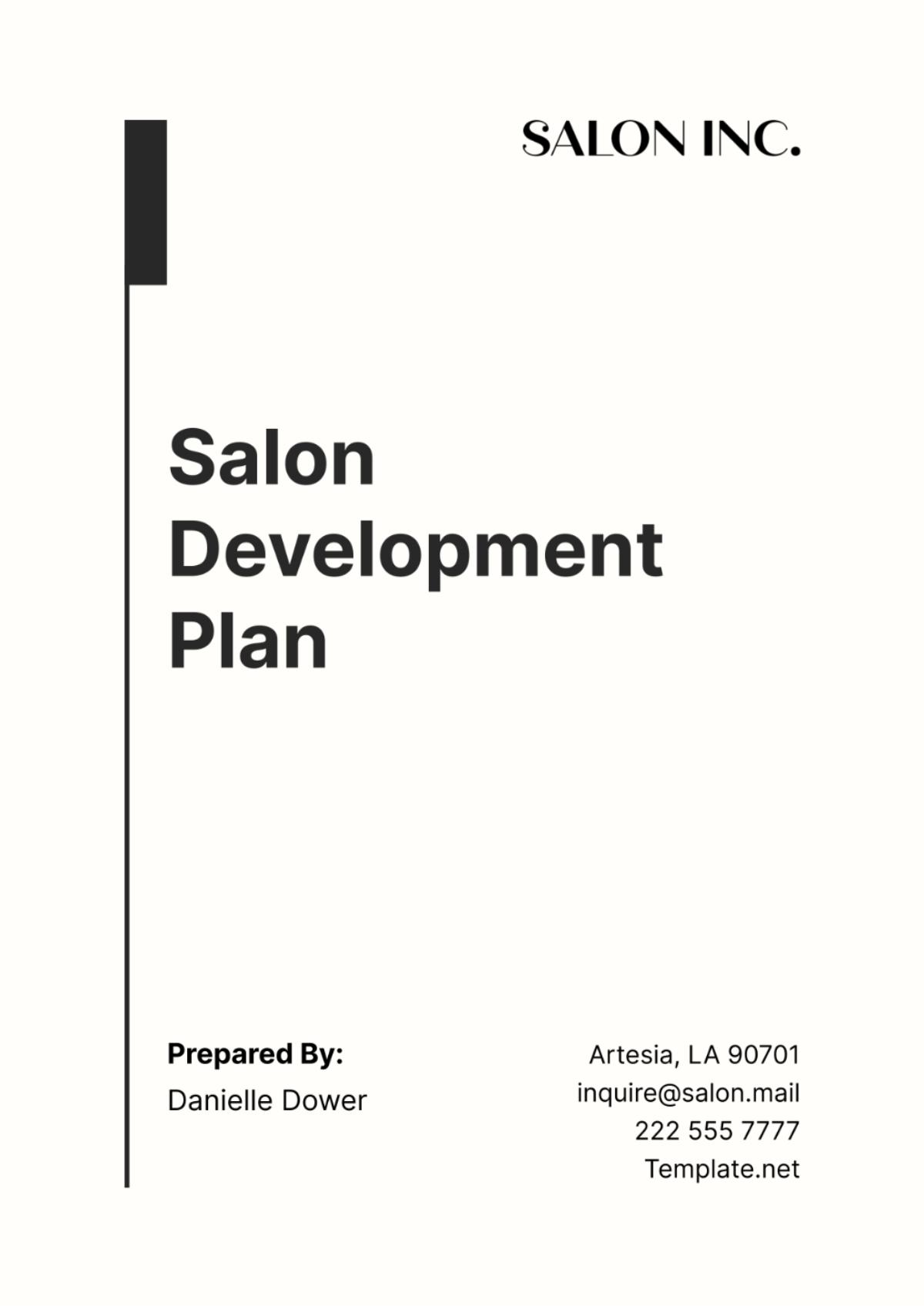
I. Executive Summary
[Your Company Name] is a well-established beauty salon located in downtown [State]. With over a decade of experience in providing premium beauty services, [Your Company Name] has built a loyal clientele and a strong reputation for excellence in the industry. The purpose of this Salon Development Plan is to outline our strategic initiatives for further growth and enhancement of our salon business.
Key Strategies for Growth:
Expand service offerings to cater to evolving customer needs.
Strengthen our online presence and digital marketing efforts.
Invest in staff training and development to maintain service excellence.
Enhance customer experience through technological advancements and streamlined operations.
II. Introduction
[Your Company Name] was founded in [Year] by [Founder's Name], a seasoned beauty professional with a passion for delivering exceptional salon experiences. Over the years, the salon has grown steadily, attracting a diverse clientele seeking top-notch beauty services in a luxurious environment. The purpose of this development plan is to chart the course for continued growth and success, ensuring that [Your Company Name] remains at the forefront of the beauty industry.
Scope and Objectives:
Expand market reach and increase market share.
Enhance customer satisfaction and loyalty.
Optimize operational efficiency and profitability.
III. Business Analysis
A. Market Analysis
Demographics of Target Market | Competitive Landscape | Trends and Opportunities |
|---|---|---|
Urban professionals aged 25-45 | Competing salons in the vicinity offering similar services | Growing demand for sustainable and organic beauty products |
Affluent residents and tourists in the area | Emergence of new beauty trends and treatments | Increasing interest in self-care and wellness services |
Diverse cultural backgrounds and preferences | Presence of online beauty retailers impacting traditional salon business | Opportunity to tap into the bridal and special events market |
B. SWOT Analysis
Strengths | Weaknesses | Opportunities | Threats |
|---|---|---|---|
Strong brand reputation and loyal customer base | Limited digital presence compared to competitors | Expansion into adjacent markets (e.g., men's grooming) | Intense competition from chain salons and online beauty retailers |
Experienced and skilled staff delivering high-quality services | Dependence on walk-in clients; limited online booking options | Partnership opportunities with local businesses and influencers | Rising costs of rent and supplies impacting profitability |
Prime location in downtown NYC with high foot traffic | Inconsistent customer service due to staff turnover | Growing demand for eco-friendly and sustainable beauty products | Economic downturn affecting consumer spending on luxury services |
IV. Goals and Objectives
A. Long-term Vision
To become the premier destination for luxury beauty services in [State], renowned for our commitment to excellence, innovation, and customer satisfaction.
B. Specific Objectives
Increase annual revenue by 20% within the next two years through targeted marketing campaigns, service expansions, and upselling strategies.
Expand service offerings to include holistic wellness treatments such as massage therapy, acupuncture, and nutrition consultations by the end of the year to meet the growing demand for holistic wellness experiences.
Achieve a customer satisfaction rating of 90% or above through continuous improvement in service quality, personalized customer experiences, and efficient complaint resolution processes.
Enhance employee satisfaction and retention by implementing a comprehensive training and development program focusing on technical skills, customer service, and career advancement opportunities.
C. Key Performance Indicators (KPIs)
Annual revenue growth
Customer satisfaction scores (measured through surveys and feedback)
Staff retention rate
Online engagement metrics (e.g., website traffic, social media followers)
V. Marketing and Promotion Strategies
A. Branding and Positioning
Reinforce [Your Company Name]'s image as a luxury beauty destination through consistent branding across all touchpoints, including the website, social media channels, and physical salon space, focusing on elements such as premium service, attention to detail, and personalized experiences.
B. Target Audience Segmentation
Identify and target specific customer segments based on demographics, psychographics, and behavioral factors, tailoring marketing messages and promotions to resonate with each segment's unique preferences and needs.
C. Marketing Channels and Tactics
Marketing Channel | Tactics |
|---|---|
Digital Marketing |
|
Traditional Advertising |
|
Promotions and Special Offers |
|
D. Customer Relationship Management (CRM)
Implement a CRM system to capture and analyze customer data, track interactions and preferences, and personalize marketing communications and promotions to enhance customer engagement and drive repeat business.
VI. Service and Product Offerings
A. Current Services and Products
Haircut and styling
Hair coloring and highlights
Manicure and pedicure
Facial treatments
Waxing and threading
Makeup application
B. Expansion Opportunities
Introduce new services such as massage therapy, acupuncture, and nutrition consultations to offer holistic wellness experiences to our customers, leveraging cross-selling and upselling opportunities to increase average transaction value and enhance the overall customer experience.
C. Pricing Strategy
Conduct a competitive analysis to ensure that our pricing remains competitive while reflecting the premium quality of our services, considering factors such as market demand, cost of materials, and perceived value to optimize pricing strategies for profitability and customer satisfaction.
D. Quality Assurance and Standards
Implement rigorous quality control measures and regular training sessions to ensure consistency and excellence in service delivery, focusing on elements such as technical skills, product knowledge, hygiene standards, and customer service etiquette to uphold the salon's reputation for excellence and exceed customer expectations.
VII. Staffing and Training Plan
A. Recruitment Strategy
Attract top talent through targeted recruitment efforts, leveraging online job boards, professional networks, and industry events to identify and attract experienced professionals with a passion for the beauty industry and a commitment to delivering exceptional service.
B. Training and Development Programs
Provide ongoing training in the latest beauty trends, techniques, and customer service skills through in-house training sessions, external workshops, and online courses to empower staff with the knowledge and skills they need to excel in their roles and deliver outstanding service experiences to our customers.
C. Employee Engagement and Retention Initiatives
Foster a positive work environment through team-building activities, recognition programs, and opportunities for career advancement, emphasizing open communication, mutual respect, and a culture of continuous learning and improvement to build a cohesive and motivated team committed to achieving our salon's goals.
D. Performance Evaluation
Conduct regular performance reviews and provide constructive feedback to support employee growth and development, setting clear performance expectations and goals aligned with the salon's objectives and providing ongoing coaching and support to help staff succeed and thrive in their roles.
VIII. Financial Projections and Budgeting
A. Revenue Projections
Forecast revenue growth based on historical data, market trends, and projected customer demand, considering factors such as seasonality, pricing changes, and the introduction of new services to develop realistic revenue targets and timelines for achieving them.
B. Expense Forecast
Estimate expenses related to rent, salaries, supplies, marketing, and other operational costs, analyzing historical spending patterns and industry benchmarks to identify opportunities for cost savings and efficiency improvements while ensuring adequate resources are allocated to support growth initiatives and maintain service quality.
C. Profit Margins
Set targets for profit margins based on industry standards and business goals, monitoring key financial metrics such as gross profit margin, net profit margin, and return on investment to track profitability and identify opportunities for optimizing pricing, cost control, and revenue generation strategies.
D. Budget Allocation
Allocate funds strategically to support key growth initiatives while maintaining financial stability, prioritizing investments in areas such as marketing and promotion, staff training and development, technology infrastructure, and operational improvements to drive long-term growth and profitability.
IX. Operational Plan
A. Salon Layout and Design
Optimize salon layout for efficient workflow and customer comfort, considering factors such as seating arrangement, lighting, and decor to create a welcoming and relaxing environment that enhances the overall salon experience and encourages repeat visits.
B. Appointment Scheduling System
Implement an online booking system to streamline appointment scheduling and reduce wait times, allowing customers to book appointments conveniently from their smartphones or computers and providing staff with real-time visibility into their schedules to optimize resource allocation and maximize productivity.
C. Inventory Management
Utilize inventory management software to track product usage, manage stock levels, and minimize wastage, implementing inventory controls and replenishment strategies to ensure adequate supply of products and materials while minimizing carrying costs and obsolescence risks.
D. Health and Safety Measures
Adhere to industry standards and guidelines for sanitation, hygiene, and safety to ensure a clean and safe environment for customers and staff, implementing protocols such as regular cleaning and disinfection of salon facilities, use of personal protective equipment, and compliance with local health regulations to mitigate risks and protect the health and well-being of everyone in the salon.
E. Customer Service Protocols
Train staff to provide attentive and personalized service, handle customer inquiries and complaints professionally, and exceed customer expectations at every touchpoint, focusing on elements such as greeting customers warmly, actively listening to their needs, and providing tailored recommendations and solutions to enhance their salon experience and build long-lasting relationships.
X. Technology Integration
A. Salon Management Software
Invest in salon management software to automate administrative tasks, manage appointments, and track customer data, providing staff with tools and insights to streamline operations, improve customer service, and drive business growth.
B. Online Booking System
Implement an online booking platform to allow customers to schedule appointments conveniently from their smartphones or computers, providing real-time availability and confirmation notifications to enhance the booking experience and reduce no-shows and cancellations.
C. Point-of-Sale (POS) System
Upgrade to a modern POS system to streamline transactions, process payments securely, and track sales and inventory in real-time, enabling staff to manage transactions efficiently and providing management with insights into sales performance and inventory levels to make informed business decisions.
D. Digital Marketing Tools
Utilize analytics tools to measure the effectiveness of digital marketing campaigns and optimize strategies for better results, leveraging data insights to refine targeting, messaging, and channel selection to reach and engage with our target audience effectively and drive traffic, leads, and conversions to our salon.
XI. Evaluation and Monitoring
A. Key Metrics and Benchmarks
Monitor key performance indicators such as revenue growth, customer satisfaction scores, staff retention rate, and online engagement metrics on a regular basis, tracking progress against predefined benchmarks and targets to assess performance and identify areas for improvement.
B. Regular Performance Reviews
Conduct quarterly reviews to assess progress against goals, identify areas for improvement, and make adjustments to strategies as needed, analyzing performance data, soliciting feedback from customers and staff, and conducting internal audits to evaluate effectiveness and ensure alignment with business objectives.
C. Feedback Mechanisms
Solicit feedback from customers through surveys, reviews, and direct communication to gain insights into their needs and preferences, leveraging customer feedback to identify opportunities for service improvement, innovation, and differentiation to enhance customer satisfaction and loyalty.
D. Adjustments and Iterations
Continuously evaluate the effectiveness of strategies and make adjustments as necessary to ensure alignment with business objectives and market dynamics, adapting to changing customer needs, competitive pressures, and external factors to optimize performance and drive sustainable growth and profitability.
XII. Conclusion
In conclusion, the Salon Development Plan outlines our commitment to driving growth and innovation at [Your Company Name]. By focusing on strategic initiatives such as expanding service offerings, enhancing customer experience, and investing in staff training and technology, we aim to solidify our position as a leader in the beauty industry and exceed the expectations of our valued customers. We are excited about the opportunities that lie ahead and are confident that with dedication, teamwork, and a customer-centric approach, we will achieve our goals and realize our vision for the future.
- 100% Customizable, free editor
- Access 1 Million+ Templates, photo’s & graphics
- Download or share as a template
- Click and replace photos, graphics, text, backgrounds
- Resize, crop, AI write & more
- Access advanced editor
Optimize your salon's growth with the Salon Development Plan Template from Template.net. This editable and customizable template empowers you to craft a strategic roadmap tailored to your unique business needs. Utilize the intuitive AI Editor Tool to streamline your planning process and unlock your salon's full potential. Start planning for success today.
